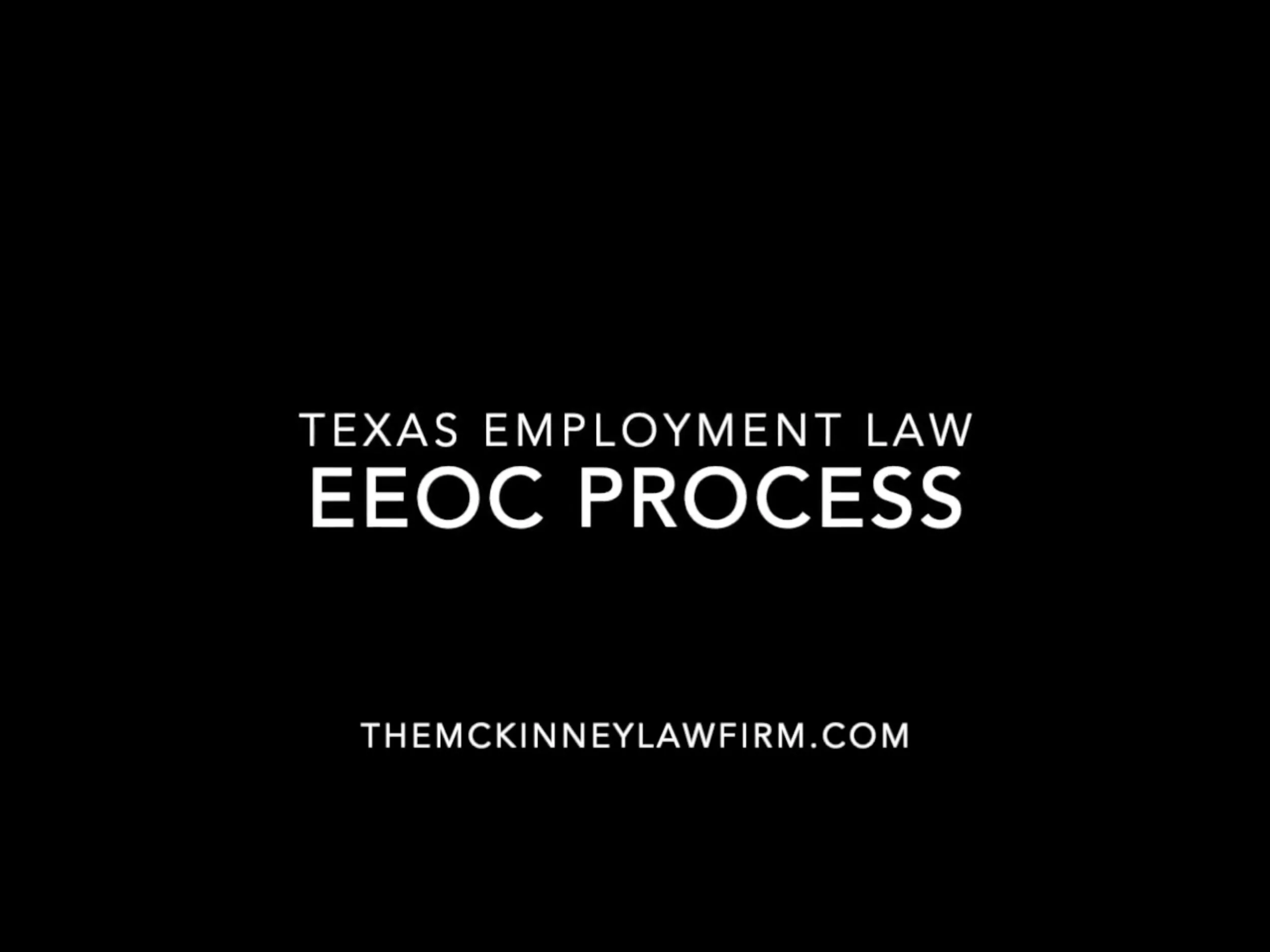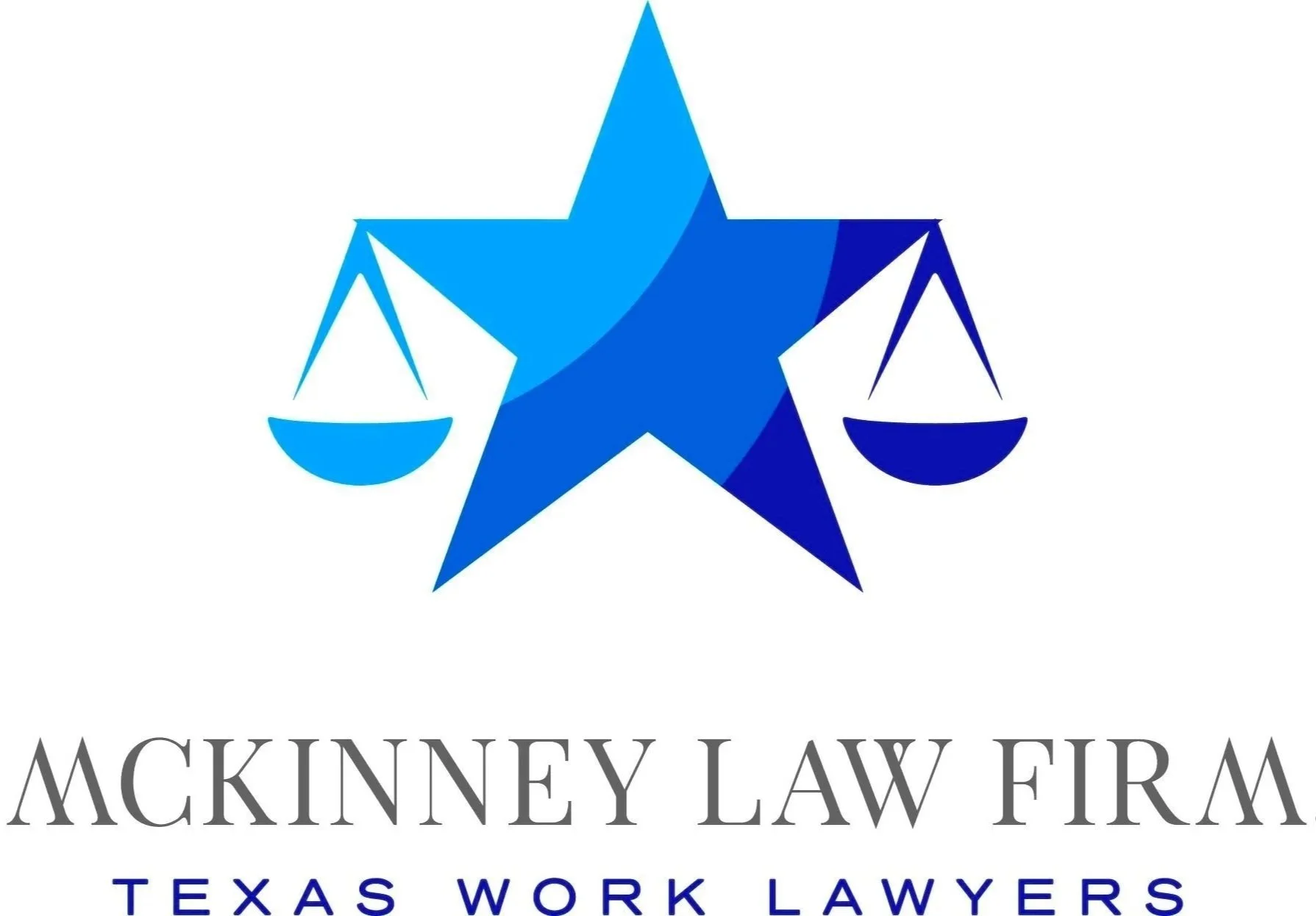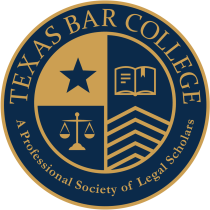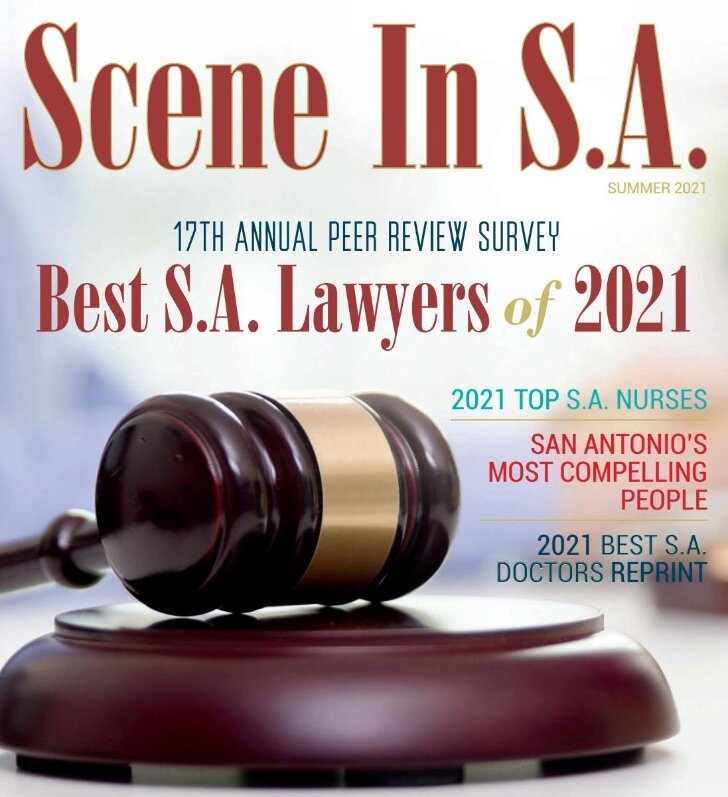From Plessy to Brown: The Legacy of Legal Resistance and the Ongoing Struggle for Equality
/This weekend marks a pair of defining anniversaries in the long and unfinished arc of civil rights law in the United States. Seventy-one years ago today, on May 17, 1954, the Supreme Court issued its unanimous decision in Brown v. Board of Education of Topeka, holding that state-sanctioned segregation in public schools violated the Equal Protection Clause of the Fourteenth Amendment. Just one day later—129 years ago on May 18, 1896—the Court had ruled in Plessy v. Ferguson that “separate but equal” facilities were constitutionally permissible.
The two decisions, born of very different Americas, bookend a chapter of legal history that continues to shape our constitutional understanding of equality. But while Brown is rightly remembered as a judicial triumph, its roots lie not only in courtrooms, but in the determined legal creativity of Black communities and civil rights lawyers who, for decades, navigated hostile systems to force the law to live up to its promises.
Legal Resistance in the Jim Crow Era
The aftermath of Plessy did not silence efforts for justice—it reshaped them. In an era when criminal courts often denied Black Americans even the pretense of fairness, civil courts became a battleground. As historian Myisha S. Eatmon and others have shown, Black Southerners used tort and contract law to claim equal treatment, often suing railroad companies and winning damages before all-white juries. These lawsuits became one of the few legal avenues where rights could be asserted and economic dignity defended.
This strategy laid the groundwork for later constitutional claims. In the early twentieth century, Black lawyers began challenging segregated school systems not by contesting the idea of separation outright, but by proving the glaring inequalities between white and Black schools. The courts could not ignore the disparity between theory and practice. It was a narrow opening—but a vital one.
Organizing Beyond the Courts
Legal resistance was only one part of a much broader civil rights strategy. Activists like Mary Burnett Talbert, W.E.B. Du Bois, and others built a movement focused on both moral persuasion and structural reform. The 1905 Niagara Movement called for full civil rights and educational equality, laying the foundation for the formation of the NAACP in 1909—a multiracial coalition galvanized by the Springfield, Illinois, race riot the year before.
It was no coincidence that journalists like Ida B. Wells and Du Bois were at the heart of the NAACP’s early work. Their publications did more than report—they documented violence, called out injustice, and armed Black communities with information and legal strategies. Du Bois’s The Crisis became a lifeline for spreading awareness and unifying the struggle.
The Role of Government—and the Limits of Justice
The federal government’s commitment to civil rights in the mid-20th century was uneven and often reactive. President Truman’s transformation from segregationist to civil rights advocate was sparked not by abstract principle, but by the brutal case of Sgt. Isaac Woodard, a Black WWII veteran blinded by police in South Carolina. The state refused to prosecute the officers involved, but the injustice spurred Truman to create the President’s Committee on Civil Rights. Its 1947 report, To Secure These Rights, was one of the first formal acknowledgments by the federal government that segregation was incompatible with democratic ideals.
But while commissions made recommendations, it was federal judges and lawyers—many backed by the NAACP Legal Defense and Educational Fund—who built the case law that would eventually topple Plessy. Thurgood Marshall, Constance Baker Motley, and their legal team refined the argument: not just that segregated schools were unequal, but that segregation itself, regardless of resources, violated the Constitution.
Brown and the Path Forward
When Chief Justice Earl Warren announced the Court’s decision in Brown, it was the culmination of decades of strategic litigation, grassroots advocacy, and intellectual rigor. The ruling declared that “separate educational facilities are inherently unequal,” dismantling the legal justification for racial segregation in public education.
But the road ahead was—and remains—long. Brown did not desegregate schools overnight. In many communities, state and local officials resisted the ruling with tenacity, and new forms of segregation emerged. Today, disparities in school funding, housing patterns, and access to educational opportunity continue to perpetuate inequality—often along racial and socioeconomic lines.
Why Brown Still Matters
The anniversary of Brown v. Board of Education is a reminder that constitutional rights are not self-executing. Legal victories matter—but they are only part of a larger struggle. Brown was possible because ordinary people insisted on being heard, even when the law seemed deaf to their claims. It was the product of legal innovation, community resilience, and a refusal to accept injustice as inevitable.
As we reflect on the legacy of Brown, civil rights lawyers today must carry that legacy forward. In employment law, housing justice, voting rights, and beyond, the fight against systemic discrimination continues. Courts can affirm equality—but it is up to us to make it real.
⸻
Read More:
• Eatmon, Myisha S. “Wielding an Unlikely Weapon: Black Americans, White Violence, and Damage Suits during the Early Days of Jim Crow.” Journal of American History, Vol. 111, No. 2 (Sept. 2024), pp. 267–289.
• Penningroth, Dylan. “How Civil Rights Were Made—and Remade—by Black Communities in the Jim Crow South.” Time. Link
• Brown v. Board of Education, 347 U.S. 483 (1954). Link
• Plessy v. Ferguson, 163 U.S. 537 (1896). Link
• Truman Library, To Secure These Rights. Link
• Washington Post. “How Harry S. Truman Went From Being a Racist to Desegregating the Military.” Link



















